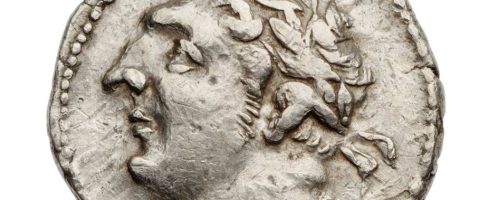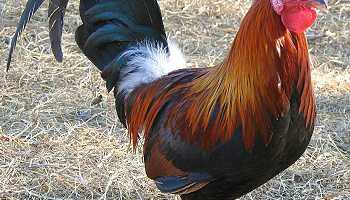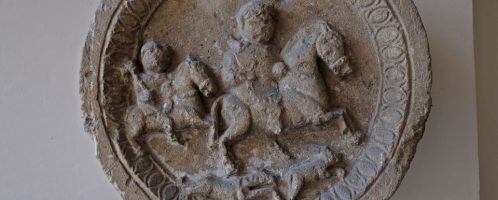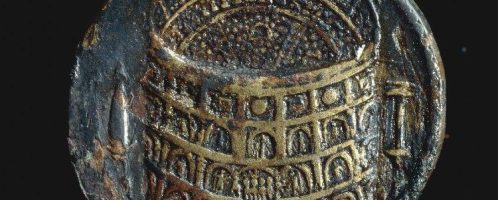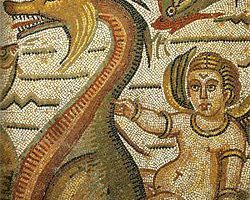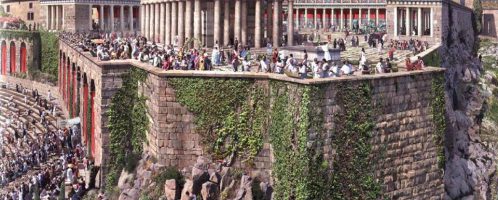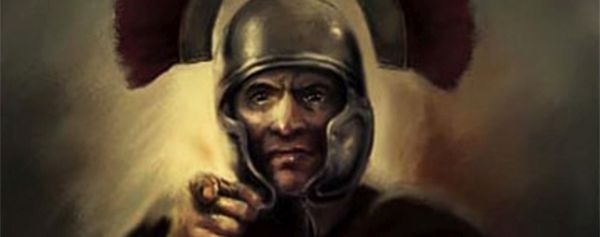Man with donkey
Before the battle of Actium, young Gaius Octavius, adopted son of Julius Caesar, met on the road man with a donkey. Asking a man for a name, he heard that this is called Eutyches, which means “happy” in Greek. In addition, the donkey was to be named Nikon. What is important, the goddess of victory was “Nike”.


